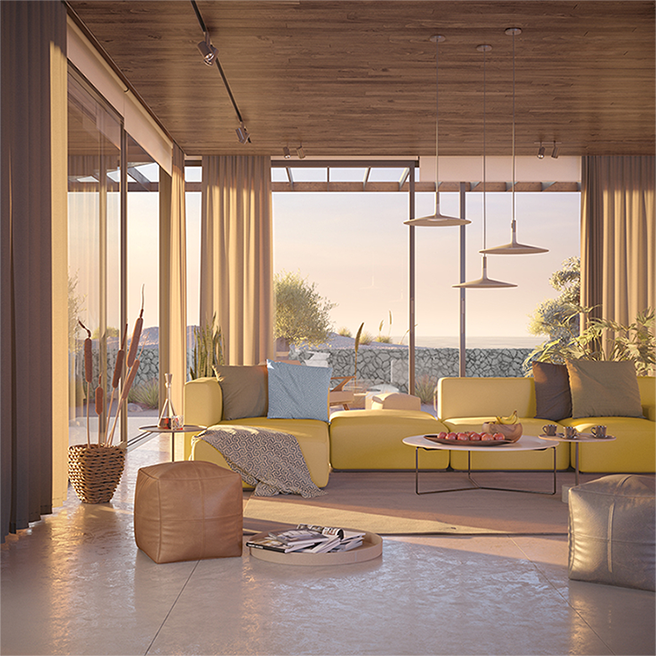Page History
This page provides information about the Cryptomatte render element in V-Ray for SketchUp.
Overview
...
| Section | ||||||||||||||||||||||||||||||||||||||||||||||
|---|---|---|---|---|---|---|---|---|---|---|---|---|---|---|---|---|---|---|---|---|---|---|---|---|---|---|---|---|---|---|---|---|---|---|---|---|---|---|---|---|---|---|---|---|---|---|
|
...
| UI Text Box | ||
|---|---|---|
| ||
With V-Ray 5, update 2, the Cryptomatte Render Element works with the Progressive Image Sampler type as well. |
UI Path
...
||V-Ray Asset Editor|| > Render Elements (right-click) > Cryptomatte
||V-Ray Asset Editor|| > Create Asset (left-click) > Render Elements > Cryptomatte
...
| Section | ||||||||||||||||
|---|---|---|---|---|---|---|---|---|---|---|---|---|---|---|---|---|
|
...
Common Use
...
| Section | ||||||||||||||||||||||||||||||||
|---|---|---|---|---|---|---|---|---|---|---|---|---|---|---|---|---|---|---|---|---|---|---|---|---|---|---|---|---|---|---|---|---|
|
...




